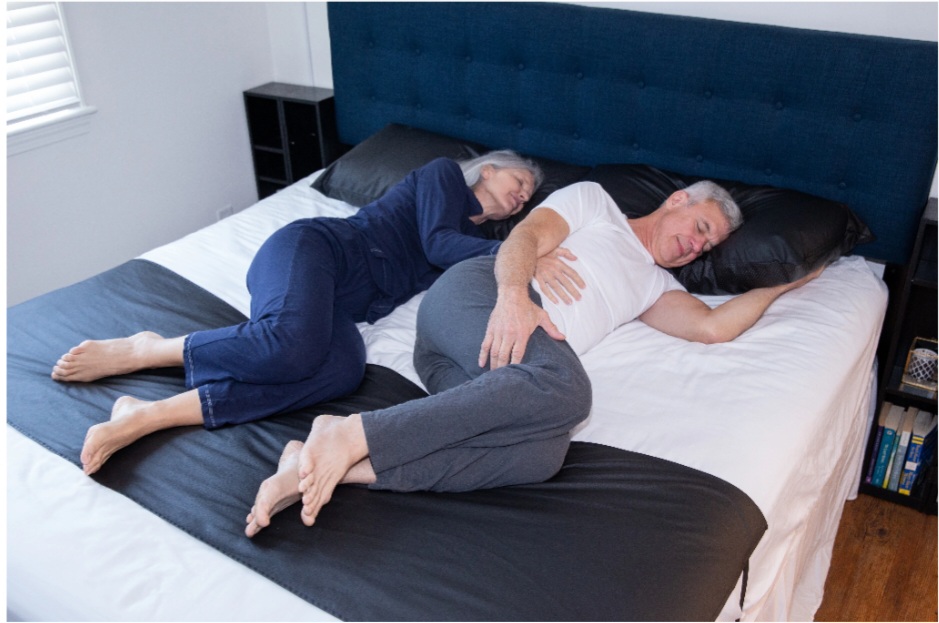If you find yourself tossing and turning at night, you might be looking for a natural way to improve your sleep. One simple practice gaining attention is grounding, also known as earthing. It’s a technique that involves connecting your body with the Earth’s natural energy. This post will explore how grounding can help calm your mind and body, leading to deeper and more restful sleep.
Grounding is based on the idea that our bodies benefit from direct contact with the Earth’s surface. Modern lifestyles, with rubber-soled shoes and indoor living, often disconnect us from this natural connection. By intentionally reconnecting, we can tap into a simple yet powerful way to promote relaxation and well-being, which are essential for a good night’s rest.
How Grounding Promotes Relaxation
So, how does walking barefoot on grass or sand help you sleep better? The theory behind grounding suggests that the Earth has a mild negative charge. When your body makes direct contact with the ground, it may help to stabilize your internal electrical environment. This process is thought to have a calming effect on the nervous system.
By promoting a state of calm, grounding can help lower stress levels. High stress and cortisol levels are common culprits behind sleepless nights. When your body is relaxed, it can more easily transition into a state of deep, restorative sleep. This simple act of connecting with the earth can be a powerful tool to prepare your body and mind for rest.
Practical Grounding Techniques for Better Sleep
You don’t need any special equipment to start practicing grounding. Here are a few simple techniques you can incorporate into your daily life to help improve your sleep.
Spend Time Barefoot Outdoors
One of the easiest ways to practice grounding is to walk, sit, or stand barefoot on a natural surface. This could be grass, sand, or even dirt. Just 10-15 minutes of direct contact with the earth each day can be beneficial. Try making it a part of your evening wind-down routine, perhaps by taking a short walk in your backyard before heading to bed.
Use Grounding Mats or Sheets
If getting outside isn’t practical, especially during colder months, you can use indoor grounding products. Grounding mats, pads, or bedsheets are designed to connect to the ground port of an electrical outlet, bringing the Earth’s energy inside. You can place a mat under your feet while you work or read in the evening, or sleep on a grounding sheet to maintain a connection throughout the night.
Gardening with Bare Hands
Engaging in activities that involve direct contact with the soil, like gardening, is another excellent way to practice grounding. Feeling the earth with your bare hands as you plant or weed can be a meditative and calming experience, helping to prepare your body for a restful night.
Incorporating Grounding into Your Nightly Routine
Consistency is key to seeing the benefits of any new wellness practice. To make grounding a regular part of your life, try integrating it into your existing nightly routine.
- Evening Walk: Take a short, 15-minute walk barefoot in your yard after dinner.
- Mindful Moment: Before bed, sit on the grass and practice a few minutes of deep breathing. Focus on the sensation of the earth beneath you.
- Indoor Connection: If you’re indoors, place a grounding mat on the floor and rest your feet on it while you read or listen to calming music.
By making grounding a habit, you signal to your body that it’s time to unwind and prepare for sleep.
Find Your Restful State
If you struggle with sleep, grounding offers a simple, natural approach to help you relax and rest more deeply. By reconnecting with the Earth, you can calm your nervous system, reduce stress, and create the right conditions for restorative sleep. Try incorporating some of these techniques into your routine and see if you notice a difference in your sleep quality.




